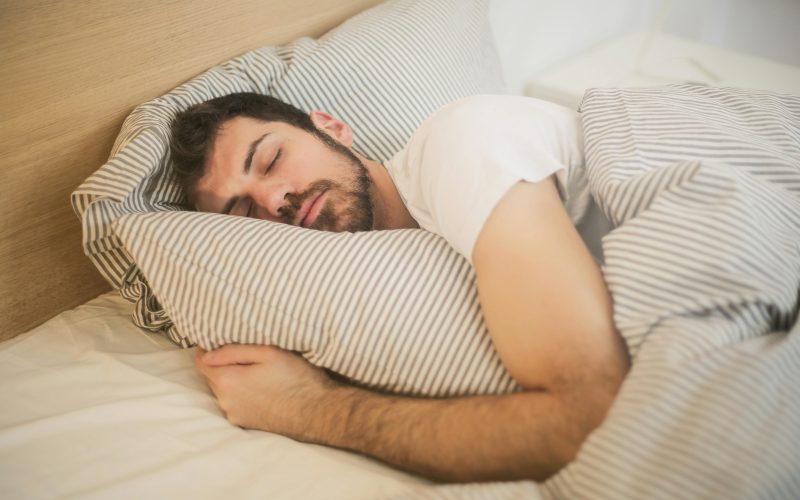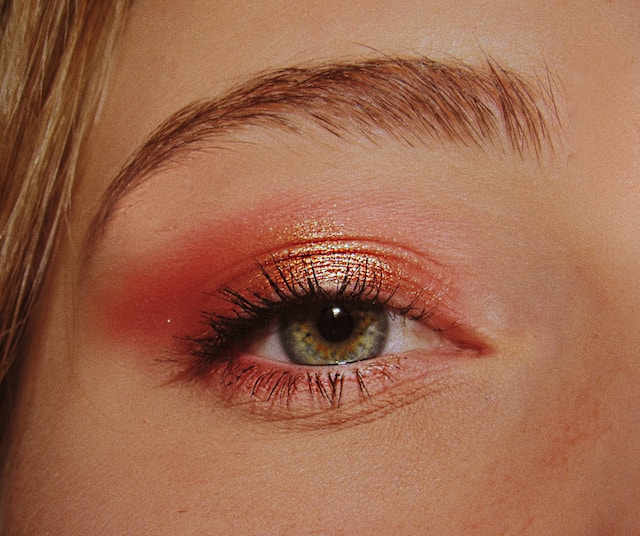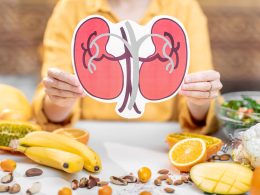Introduction
The sound of a CPAP machine at night is meant to bring comfort, but for many, it brings frustration instead. You might expect relief, yet you find yourself adjusting the mask, battling dryness, or waking up more restless than before.
This gap between promise and reality leaves many patients asking if CPAP really works for everyone. The truth is, while it helps some, others never experience the restful sleep they hoped for.
In this blog, we will look at why understanding CPAP therapy failures matters, what makes these challenges so common, the signs you should watch for, and which alternatives could finally bring you the restful nights you deserve.
Why CPAP Therapy Is Still Widely Recommended
When you first receive a sleep apnea diagnosis, CPAP therapy is usually the top recommendation. It has been around for decades, and its effectiveness in many patients is well documented. By providing continuous air pressure, the machine prevents your airway from collapsing. This reduces snoring, breathing pauses, and nighttime disruptions.
Doctors rely on CPAP because it directly addresses the physical cause of obstructive sleep apnea. Moreover, studies show that patients who use it consistently lower their risks of complications like heart disease, diabetes, or high blood pressure. Many even report more energy and sharper focus once they adjust to treatment.
However, the benefits on paper do not always reflect your personal experience. The therapy demands daily use, comfort with the equipment, and patience through the adjustment phase. These demands can quickly become overwhelming, and that is when challenges start to appear.
Common Struggles Patients Experience with CPAP
Even with proper setup, many patients face obstacles that interfere with consistent use. You may notice one or more of these issues:
- Mask discomfort: Straps can leave marks, cause skin irritation, or feel too tight.
- Dryness and congestion: Airflow often creates a dry nose, sore throat, or stuffy sinuses.
- Noise problems: Machines are quieter today, but some still disrupt sleep for you or your partner.
- Pressure settings: High airflow can feel overwhelming, making it harder to relax.
- Claustrophobic feelings: Wearing a mask may make you feel confined or uneasy.
These problems might seem small at first, but they build over time. Moreover, the emotional side is just as real as the physical discomfort. Many people grow discouraged when night after night feels like a struggle. Skipped nights soon follow, and when consistency drops, the therapy no longer delivers results.
Not only that, but frustration itself can affect your sleep. Instead of calming you, the machine becomes another source of stress. When the goal is deep, restorative rest, that kind of pressure works against your progress.
Why CPAP Fails for Some People
If you are using CPAP but not feeling better, you are not alone. Several reasons explain why therapy may fail:
First, lifestyle factors play a big role. If you travel often or work irregular hours, carrying and setting up the machine every night feels unrealistic. Skipping therapy too often limits its benefits.
Second, the type of sleep apnea matters. CPAP is designed for obstructive sleep apnea, where your airway collapses. If you have central sleep apnea, where your brain does not send consistent signals to breathe, CPAP may not resolve the problem.
Third, underlying health conditions can interfere. Chronic nasal blockages, sinus infections, or anxiety about wearing a mask all make it harder to stay compliant.
You may also notice warning signs that CPAP is not working as intended:
- Ongoing tiredness even after nightly use.
- Headaches that continue in the morning.
- Snoring or gasping sounds reported by your partner.
- Waking up with the mask removed.
When these problems appear, it is important not to ignore them. They point to a deeper mismatch between the therapy and your needs, and in such cases, exploring other options may be the next step.
Exploring Alternatives to CPAP
If CPAP is not giving you the rest you need, other treatments can help. Each one comes with its own strengths, and your doctor can guide you toward what fits your lifestyle.
- Oral appliance therapy: A custom device shifts your jaw or tongue slightly forward to keep the airway clear. These devices are compact, easy to carry, and often more comfortable than a mask.
- Lifestyle adjustments: While not a complete solution, weight loss, reducing alcohol intake before bed, and sleeping on your side can all ease apnea symptoms. These changes support other therapies and improve overall results.
- Surgical approaches: For some patients, surgery removes excess tissue or corrects anatomical problems in the throat. This option is usually considered after other treatments fail.
- CPAP-free therapies: These emerging solutions focus on comfort without bulky equipment. They are designed to improve compliance and reduce frustration.
Therefore, if CPAP feels like more of a battle than a benefit, remember you have choices. Finding the right solution requires time, but alternatives can restore the sleep you have been missing.
Steps to Take if CPAP Is Not Working
Realizing CPAP is not working should not make you give up on treatment. Instead, it is a sign to take action and work closely with your care provider.
Start by addressing smaller issues first. Sometimes adding a humidifier, switching mask styles, or adjusting the pressure settings solves the discomfort. Moreover, simple changes like cleaning your equipment regularly can make a surprising difference.
If these adjustments do not bring improvement, begin documenting your sleep. Keep track of your hours of rest, your daytime energy levels, and any difficulties with the machine. This record helps your doctor understand what is happening and whether another approach is better.
Most importantly, avoid waiting too long to seek help. Untreated sleep apnea raises serious risks, and struggling night after night takes a toll on both your health and quality of life. By acting early, you give yourself a better chance at finding lasting relief.
Remember, the goal is not just using a machine; it is achieving better sleep. With guidance and alternative options, you can move toward therapy that feels sustainable and effective.
Also Read: Power of Storytelling in Clinical Research Marketing
Conclusion
CPAP therapy has helped many patients, but it is not the right fit for everyone. Mask discomfort, dryness, noise, and lifestyle barriers often lead to frustration and poor results. The signs of failure can be subtle at first, but if you still feel tired, experience headaches, or struggle with equipment, your therapy may not be working as it should.
The good news is that you have options. Whether it is oral appliance therapy, lifestyle changes, or newer CPAP-free treatments, solutions exist that can restore your rest and improve your health.
At Midwest Sleep REMedies, we understand the challenges CPAP brings. That is why we focus on therapies designed to fit real lives and real needs. As a trusted sleep wellness center in Missouri, we provide personalized care and support so you can finally get the sleep you deserve. Reach out to us today and take the first step toward better sleep and a healthier life.










